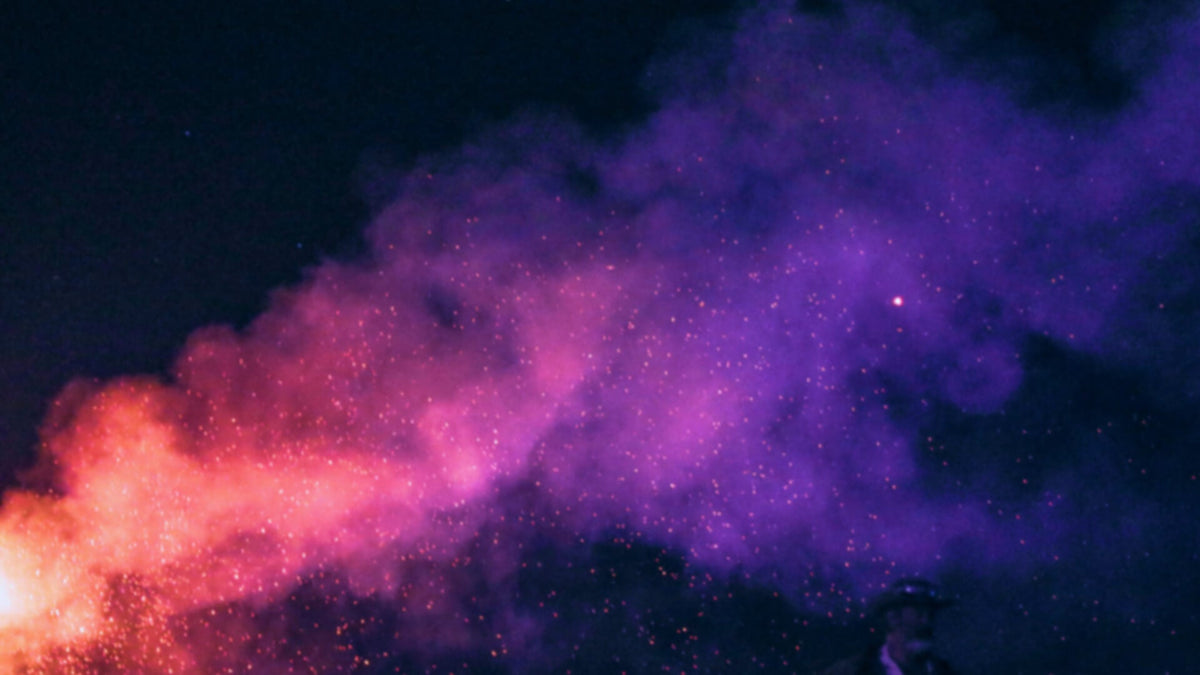

Dear MODERNmind community,
As you already know, we are characterized by the quality of our products and the fact that we regularly have independent laboratory tests carried out on our products. This has now resulted in news: 1D-LSD no longer exists.
1T-LSD instead of 1D-LSD: How did this come about?
With our new product batch, it has now been discovered that the manufacturer has synthesized 1T-LSD instead of 1D-LSD. In consultation with the manufacturer, this can be explained as follows:
In recent years, the predecessor molecules were usually banned in the fall when they were included in the New Psychoactive Substances Act (NpSG). Chemists then developed a new derivative, which was legal again for about 1-2 years. However, as the production process for 1D-LSD was very complex and time-consuming and a new ban was suspected, work was already underway on a new compound. This turned out to be simpler and more stable in production.
This was not communicated by the manufacturer in advance, so we were the first to notice this through our laboratory report. As we are aware of our responsibility to the psychedelic community, we also informed our competitors.
This change could only be detected by a complex and expensive NMR analysis. At MODERNmind, we carry out analyses using mass spectrometry for the qualitative analysis of substances as standard for every new product batch. We supplement this with very high-quality and precise NMR tests, which we have carried out once or twice a year by independent laboratories.
What is 1T-LSD anyway?
1T-LSD stands for N1-(thiophene-2-carbonyl)-lysergic acid diethylamide and refers to a new synthetic lysergamide, which is a structural analog of classic LSD. Just like 1D-LSD, 1T-LSD is therefore an LSD derivative that is considered a prodrug.
1T-LSD is produced by acylation whereby an acyl group is introduced into an existing chemical compound. In the case of 1T-LSD, this is an acyl compound of thiophene, which is attached to the LSD molecule. All other LSD derivatives have been produced in the same way up to now, only with different acyl compounds attached to the molecule by acylation.
The new LSD derivative was first identified in Japan in 2023. An analysis revealed that blotters labeled as 1D-LSD actually contain 1T-LSD.

Is 1T-LSD legal?
Just like 1D-LSD, 1T-LSD is an LSD derivative that is not yet covered by the Narcotics Act (BtMG) or the New Psychoactive Substances Act (NpSG). It is therefore safe to say that the trade and possession of 1T-LSD is legal in Germany. You can therefore continue your experiments as usual without having to worry about legality. Should anything change, we will of course keep you up to date.
The differences between 1T-LSD and 1D-LSD
Essentially, there is hardly any difference between 1T-LSD and 1D-LSD. In 1D-LSD, an acyl compound of 1,2-dimethylcyclobutane was added to the molecular chain of LSD, while 1T-LSD now relies on an acyl compound of thiophene.
When researching LSD derivatives, this compound is separated from the rest of the molecular chain and metabolized: what remains is pure LSD. As a result, the effect of LSD derivatives is somewhat weaker in direct comparison to the pure substance when the same amount is researched. However, as 1T-LSD and 1D-LSD have an almost identical molar mass, it is assumed that the two derivatives have an identical effect.
Now the most important thing for all researchers among you: Due to the very small difference in molecular weight, no noticeable differences in the functioning of the molecule were found in the tests. So everyone can continue their tests as usual with the same results.
The new derivative 1T-LSD has already been successfully tested in vivo and in vitro for several months.

What impact does this have on sales in the MODERNmind online store?
At MODERNmind, you will now find the new derivative 1T-LSD instead of 1D-LSD. As usual, you can order our 1T-LSD-based products discreetly and easily from our online store to your home. We also offer you our LSD microdosing kits as well as our High Dosing LSD tablets with the new derivative.
If you still have MODERNmind products based on 1D-LSD at home, there is no need to worry: 1D-LSD has not yet been listed in either the BtMG or the NpSG, so the trade and possession of 1D-LSD is still legal. If you need supplies for your personal research, you can easily switch from 1D-LSD to 1T-LSD without affecting your research results.
Conclusion: Research continues with 1T-LSD
The discovery of the new LSD derivative 1T-LSD, instead of the previously known 1D-LSD, has caused a stir in the psychedelic community. This unexpected change was discovered through independent laboratory analysis, which we at MODERNmind carry out for every new batch of our products.
The switch from 1D-LSD to the new derivative resulted from the constant development and adaptation in the field of psychoactive substances. The manufacturing process of 1T-LSD proved to be simpler and more stable compared to its predecessor, which led to this innovation.
1T-LSD is a structural analog of LSD and is currently not subject to any legal regulation under the BtMG or the NpSG and is therefore legally available and researchable. Researchers can continue their studies without hesitation, as previous tests have shown no significant differences in effect between 1D-LSD and the new compound.
MODERNmind is adapting its range and now offers the new derivative 1T-LSD instead of 1D-LSD, both in microdosing kits and in high-dosing tablets. Existing stocks of 1D-LSD remain legal and can be used without any problems. For new people interested in research with legal psychedelic substances, 1T-LSD is now available.
Overall, the introduction of 1T-LSD changes very little in terms of research opportunities for you and the psychedelic community. Our mission at MODERNmind remains to provide high quality products and offer you the opportunity to continue your experiments.
